Learning Objectives
- Podcast Tech Requirements
- What’s in a Name? Everything!
- Understanding Show Formats
- Writing Podcast Names and Descriptions
- Creating Podcast Artwork
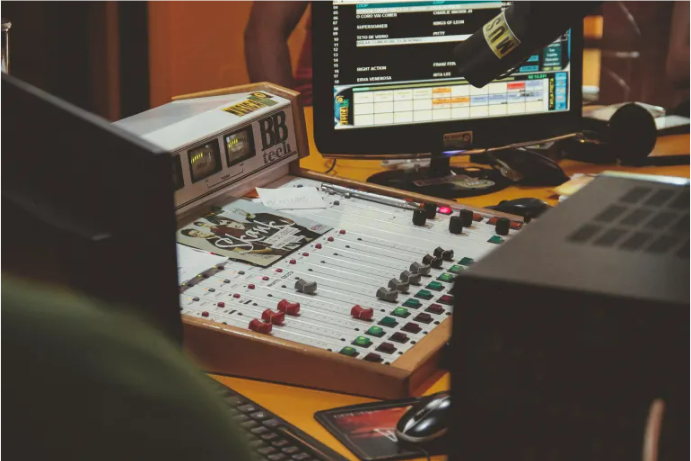

The variety of podcasts available today are as different as the people who create them. It makes a big difference as to why you want to start a podcast.
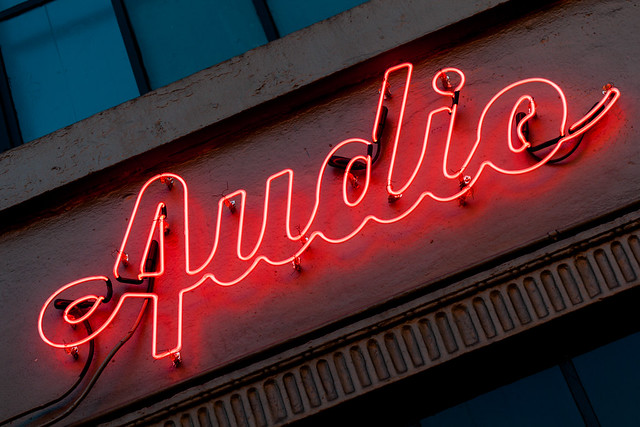
At the technical level doing a podcast requires three steps:
Podcasting 2.0 is an effort to improve the way podcasts are delivered to an audience – making it easier to follow and share podcasts, to support, and engage with podcasts, and to have a set of standards for podcast listening apps.
Not all podcast listening apps offer the same features. Some may offer recommendations to other shows, or monetization, or a comments feature unique to that app. Since an improved distribution system is vital to a show building an audience, Podcasting 2.0 is being built by podcasters, app developers, and hosting providers to add better functionality and transparency.
What is RSS?
RSS (Really Simple Syndication) is the 25-year-old technology that makes podcasting possible, with RSS feeds comprised of XML files that make it easy for a computer to read audio files and it is made up of “tags.” A tag delivers information about the podcast, like a name, author or a website and other information that can be read by podcast app directories like Apple or Spotify to be discovered and consumed by listeners. It’s the hosting service that stores the podcast episode and creates the RSS feed’s URL. Two resources for more information on this initiative include Podcasting2org and the Podcast Standards Project. You can also find the RSS feed URL for most websites.
Listening apps that support Podcasting 2.0
As a podcaster and consumer you can help this effort by using an app and a hosting service that support Podcasting 2.0 features.
Here is a list of supporting apps, directories and hosting companies from The Podcast Index.
They include:
Captivate (Apple & Android)
Podcast Guru (Apple & Android)
Podcast Addicts (Android)
Antennapod (Android)
Pocket Cast (Apple & Android)
Podverse (Apple & Android)
May 2024 saw release of Podcasting 2.2, which measures “measurement of downloaded media and the ads included in those downloads,” according to the non-profit IAB Tech Laboratory that helps companies implement global industry tech standards. UK-based hosting platform Captivate became the first to achieve this level of certification.
A podcast format is how your show content is organized so the audience knows what to expect each week. Several different styles are described below and they often overlap.
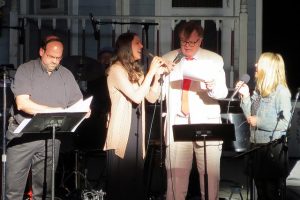
At the creative level – once you have a great idea in mind then you need to decide the best show format, come up with a unique podcast name, write a short, catchy description, create eye-catching artwork and find appropriate music – all will be covered in this chapter.
Unless you’re already an established podcaster with a following, it’s best to create a podcast with a narrow focus.
For example, instead of just focusing on farming in general put the spotlight on organic farming. Finding a niche helps build a truly interested audience.
The creative folks over at google.prx.org advise making a focus statement like this:
Title _________________________________________________________
My show is about _______________________________________________
And on it you will hear ___________________________________________
And you should listen if you are ____________________________________
Just as we judge a book by its cover, a lot is riding on a podcast name for audience discovery so one of the first and most crucial decisions is what to name your podcast. A short, clear, and descriptive name that gives the audience an idea of what the podcast is about can attract listeners while a poorly named podcast may prevent discovery.
One study of podcast names found that half of all titles are between 14 and 29 characters, with the most popular title length at 16. Another review came up with the 100 most popular podcast names with a good amount of duplicate names.
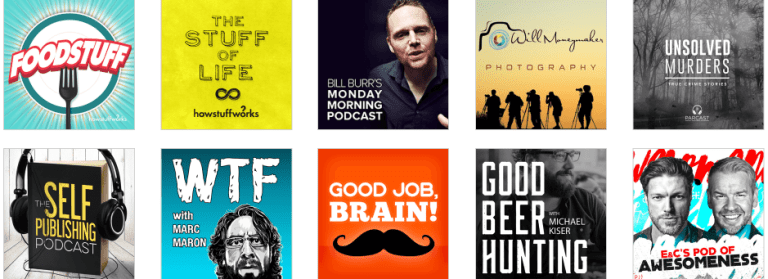
Think about words you would type into a search engine to find a podcast as that can help you create a search-friendly name. Be specific.
While “Community Bulletin” is short it’s also vague. Instead, if your podcast is about neighborhood news, “Tenleytown Community News” may be a stronger alternative because it focuses on a specific neighborhood in the community. Get feedback from your neighbors and friends.
If you are feeling stuck in coming up with a podcast name there are online name generators:
To avoid name duplication be sure to check out your proposed name by looking at podcast directories – known as podcast listening apps – where the audience finds a podcast to listen to or download.
If a name is too similar to an existing podcast you might not be able to trademark it should you decide to do so. There is a search engine database at the U.S. Patent and Trademark Office, though not many podcasters go through the effort to register a trademark since it’s a cost of several hundred dollars.
Discovering your podcast is one of the biggest challenges facing podcast creators, so it’s important to list your podcast in as many directories as possible.

James Cridland of Podnews says the most important directories are Apple Podcasts and Spotify. Find more about directories in Ch. 9.
The podcast description is a pitch for why someone should listen to your show.
Think about what your audience will get out of the podcast. It should only be a few sentences or short paragraphs long, like what you would see on a YouTube channel description – so clearly explain what your podcast is about and who it’s for. This is your first chance to capture the audience’s attention. However, don’t confuse the show description with show notes – which is a summary of what an individual show episode is about.
Forbes offers a great analogy: “[A] podcast is like a book jacket. It’s what people read after the name of your show has drawn them in but before they decide to start listening.”
A good description helps new listeners find your podcast via search engines and podcast directories so it’s important it be search-engine friendly. Think about what keywords you would use if you Googled your podcast topic.
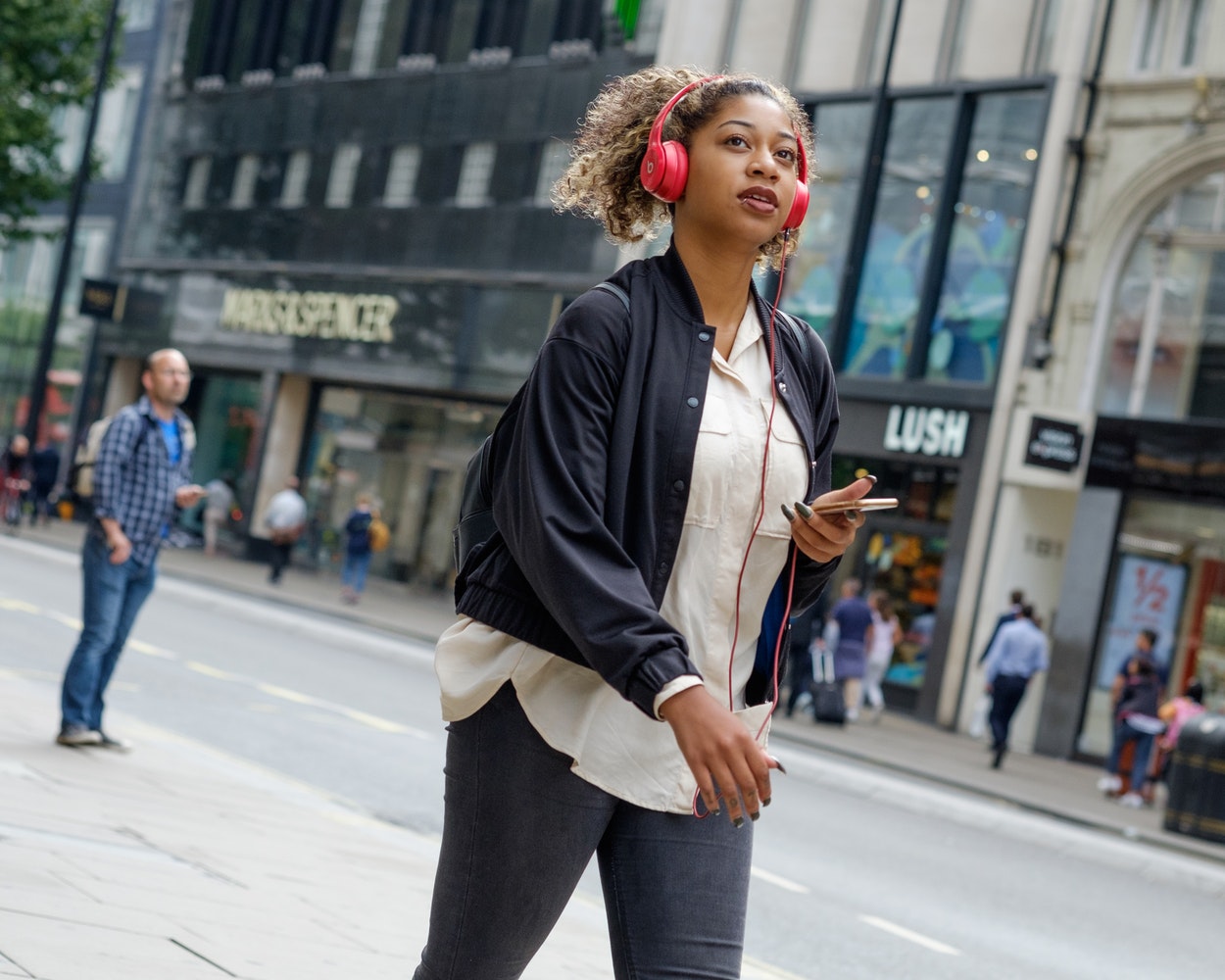
One of the best ways to create a strong podcast description of your own is to look carefully at the descriptions used by other podcasts, especially your show favorites or ones that broadly cover your own topic and niche.
Diversifying: “Does it feel like the financial system is stacked against you? For many of us, it is. Especially if you’re Black or Brown, a woman, or single. In Diversifying, we explore why the traditional rules of money management no longer apply to new generations. Hosted by Delyanne Barros, better known as Delyanne The Money Coach, Diversifying demystifies and humanizes money by examining the culture we make it in and how to make it work for you.”
Business Wars: “Netflix vs. HBO. Nike vs. Adidas. Business is war. Sometimes the prize is your wallet or your attention. Sometimes, it’s just the fun of beating the other guy. The outcome of these battles shapes what we buy and how we live. Business Wars gives you the unauthorized, real story of what drives these companies and their leaders, inventors, investors, and executives to new heights — or to ruin.”
Ten Percent Happier with Dan Harris: “Dan Harris is a fidgety, skeptical journalist who had a panic attack on live national television, which led him to try something he otherwise never would have considered: meditation. He went on to write the bestselling book, 10% Happier. On this show, Dan talks with eminent meditation teachers, top scientists, and even the odd celebrity. On some episodes, Dan ventures into the deep end of the pool, covering subjects such as enlightenment and psychedelics. On other episodes, it’s science-based techniques for issues such as anxiety, productivity, and relationships. Dan’s approach is seemingly modest but secretly radical: happiness is a skill you can train, just like working your bicep in the gym. Your progress may be incremental at first, but like any good investment, it compounds over time.”
How I Built This with Guy Raz: “Guy Raz dives into the stories behind some of the world’s best known companies. How I Built This weaves a narrative journey about innovators, entrepreneurs and idealists—and the movements they built.”
While the podcast description may inspire the audience to subscribe, the individual episode description can get a listener to click and listen if it’s short, descriptive, has a catchy name, or episode artwork.
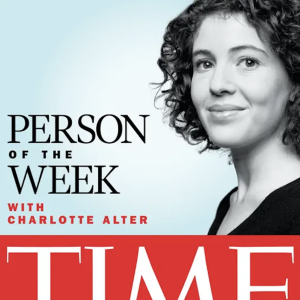
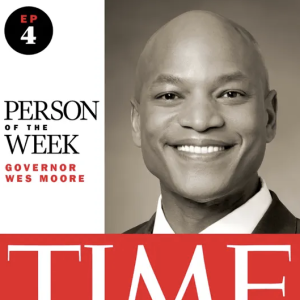
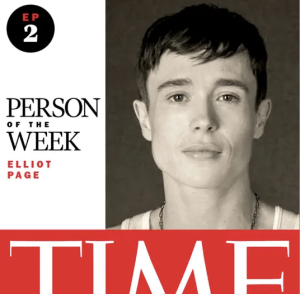
TIME magazine has a Person of the Week podcast that features the host, Charlotte Asher, but then changes episode art to reflect the guest. However, creation of episode art can be time-consuming so it’s usually more established or more resourced shows that can afford to do that. If no episode artwork is displayed then Apple will continue to display the regular show artwork.
Consistency is important to podcast listeners. The audience wants to know whether to invest 10 minutes, 30 minutes, or an hour. That makes it easier to listen regularly during a planned routine like a commute or exercise.
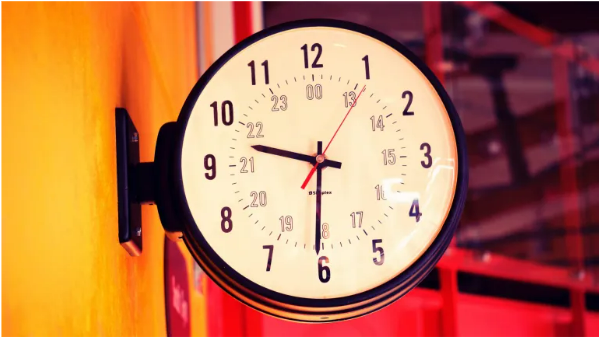
This doesn’t mean the show has to be precisely the same length each time as required in commercial or cable broadcast programming, but staying within a usual length benefits your audience as well as production flow.
Research indicates that 22 minutes is the average time spent listening to a podcast, while the average commuting time in the U.S. is 26 minutes. The website, Cloudincome.com, reports the average podcast length is 38 minutes and 42 seconds.
On the other extreme, “The Longest Podcast in the World” ran for 36 hours. The average length of Dan Carlin’s Hardcore History is three hours and 39 minutes and the popular The Joe Rogan Experience averages about three hours.
In general, a podcast of 20-45 minutes seems to work well. However, that doesn’t mean you can’t extend or shorten it for special circumstances.
When students create their first podcast I have them produce a show of 10-15 minutes to keep things focused and tight.
When planning a podcast you need to consider how many shows you can do with excellence in a month. Many times the right timetable is once a week but that is not a set-in-stone formula.
Instead, having a show season may be more feasible. It certainly works well for entertainment television and it’s already been used for popular podcasts like Serial. Producers find it liberating to air several months of shows instead of having a weekly grind. A break allows them to refresh their creative juices and helps show consistency, promotion, and monetization. It can also be another opportunity to highlight “evergreen” shows that are not dated by time.
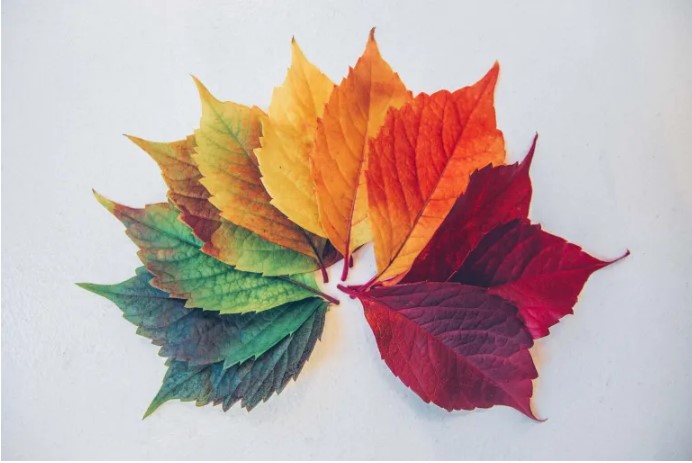
You decide how often to offer your podcast; just be sure to let your audience know the schedule. It’s better to start slowly instead of realizing too late that putting out two shows a week is too much. Once you understand all the moving parts — hosting, scripting, recording, editing, distribution and promotion — you’ll have a more realistic view of how many shows you can do.
Before you tell the audience a release date for your podcast, be sure to have at least three shows “in the can” with a clear production schedule beyond that.
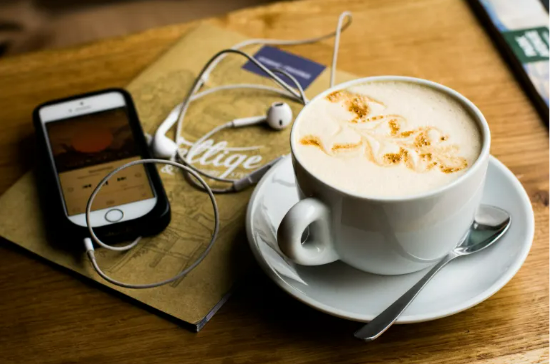
This means you’ve recorded interviews, it’s edited, loaded to a server, and is ready to be distributed on designated dates. This will save you the embarrassment of not meeting planned production schedules.
Audio podcasts also have a visual identity and can play a major role in whether the audience discovers your podcast. Make it attractive because this is the first thing new listeners may see.
Tip #1: Check out the competition. Whatever your chosen topic for a podcast there will be others in the same genre.
For example, if your topic is the environment you want to see what is already being done and where there might be openings.
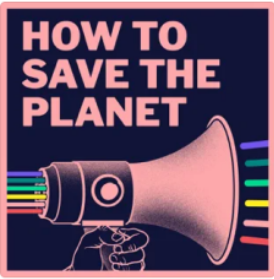
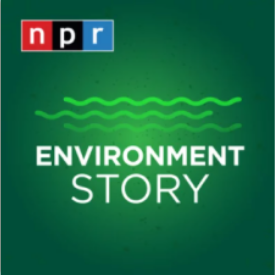
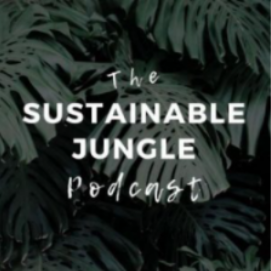
You might also find inspiration by looking at Apple Podcasts New and Noteworthy section or the Top Podcasts of any directory.
Tip #2: The artwork is your podcast’s first storyline; it should be simple and explain at a glance what the podcast is about. If a podcast is about cooking, the artwork should communicate that — just like a book cover. Or, the words can communicate the topic and use colors darker for a more serious tone.
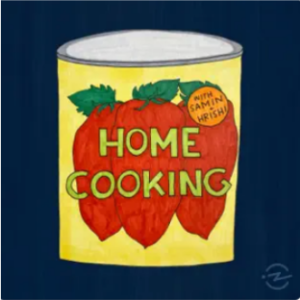
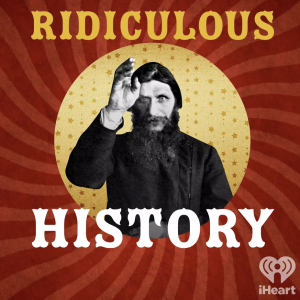
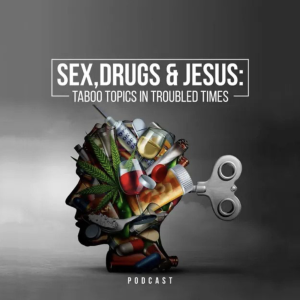
Tip #3: Contrasting colors work well to make artwork “pop” off the screen.
Color is a powerful driver of first impressions, influencing feelings and moods, according to researcher Satyendra Singh. But if the colors used are just various shades of the same color then they tend to blend, especially on a small screen size.
In looking at trends in podcast art Pacific Content’s Dan Misener found that yellow pops and blue is very prominent. At the same time, the artwork for Dr. Death and for My Favorite Murder stands out for the starkness of black and white, suggesting suspense, with a touch of blood red.
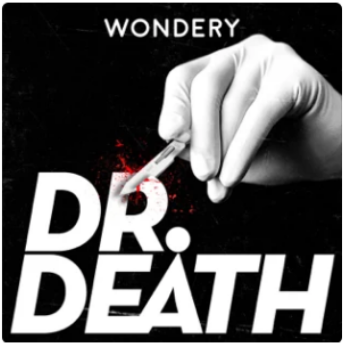
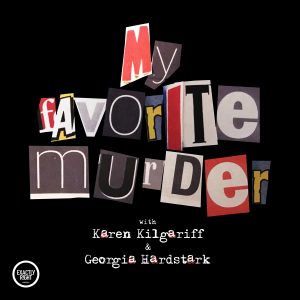
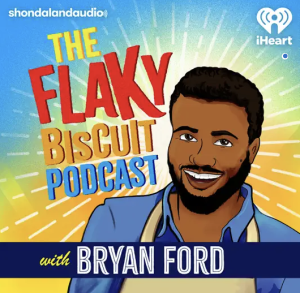
Established brands such as NPR often don’t use much artwork, just strong colors and readable fonts.
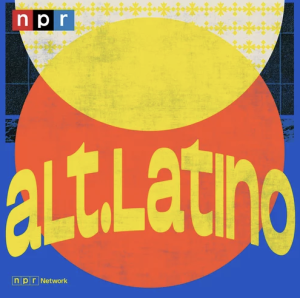
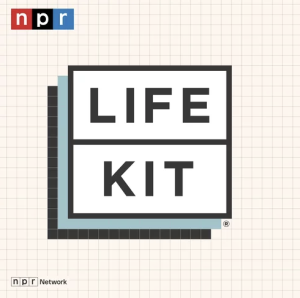
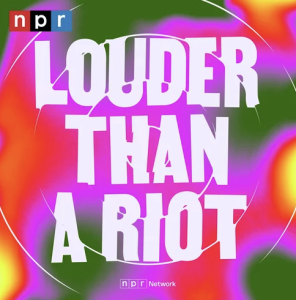
Tip #4: Since most people will discover a podcast by looking at the tiny boxes in a podcast app on their phone, it’s vital to have a clear image and name of the podcast in this very small size, and not just on a large computer screen.
Tip #5: Limit the number of words on the artwork to avoid a cluttered look
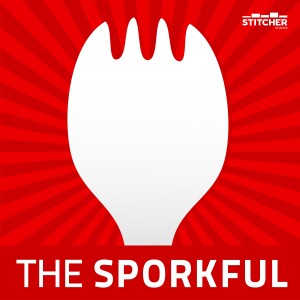
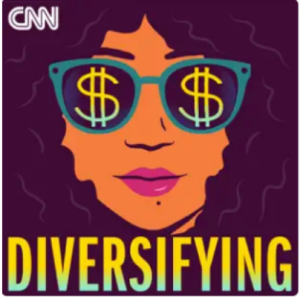

Tip #6: Find 10 tips for creating podcast logos from hosting company Buzzsprout. More visual design tips are available from Spreaker, The Podcast Host, and Pixlr.
Even those of us without design backgrounds can create simple artwork using online graphic design tools.
Do-it-yourself software programs (free and paid versions) with templates, stock images, and easy-to-use design tools.
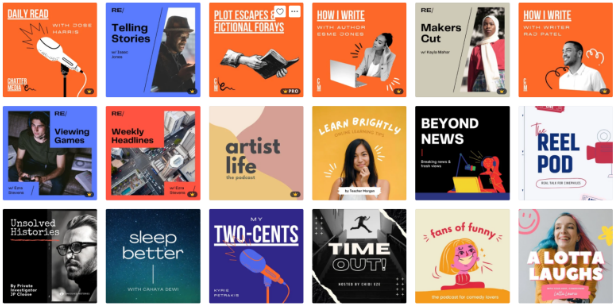
Paid Design Tools
Using Canva, students enrolled in my podcast course have designed wonderfully creative artwork.
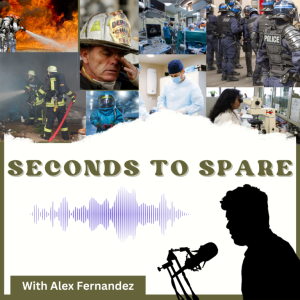
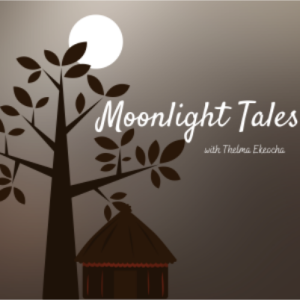
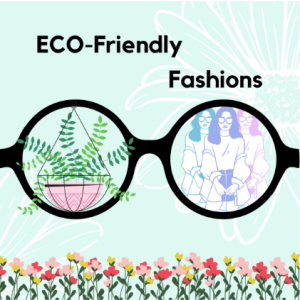
Seconds to Spare from Alex Fernandez tells the back stories of emergency service members who help their communities, Moonlight Tales with Thelma Ekeocha explores the oral tradition of African folktales, and Eco-Friendly Fashions with Ziyi Yuan covers how part of the fashion industry is focused on durable environmentally friendly fashion.
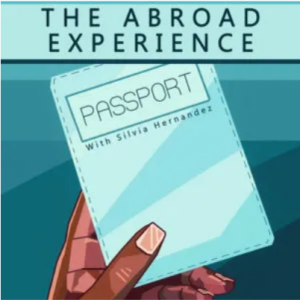
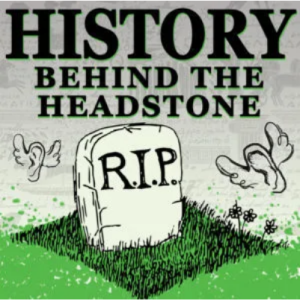
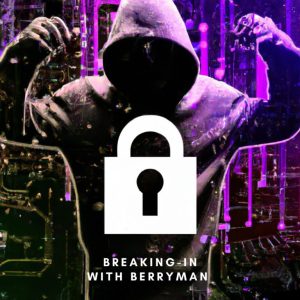
International student Silvia Hernadez Benito used a combination of Canva and Photoshop with her brother Alex Seijo drawing the hand in the artwork. Her podcast, “The Abroad Experience,” uncovers the highs and lows of study abroad, tips, tricks, and practical advice.
Austin Ramsey created “History Beyond the Headstone” which tells the mystery stories behind grave markers. Austin used his knowledge of Adobe Illustrator and Photoshop for the artwork.
Breaking In With Berryman takes a peek behind the hacker curtain with cyber pros. Creator Dan Berryman used a variety of more complex tools, including Canvas to format the background text, a paid AI tool called Dall-E for the background base, and Photoshop for editing.
Apple is the biggest online directory so be sure to follow requirements:
Artwork must be original and not contain:
While Apple requires artwork for all podcast shows, episode artwork is optional and some podcasts do create artwork for individual show episodes. Apple Podcasts offers a guide on using chapter-specific artwork.
There are free stock photo sites from which you can get an image, but it may be used so frequently that it doesn’t help your podcast stand out. Some royalty-free photos are available from Creative Commons images or ones on Unsplash, Burst, Pexels.
Finding free illustrations that work for your podcast is difficult, but look at drawKit, OUCH and Flaticon for some free illustrations of humans as well as paid subscriptions.
Using your own picture on the cover art can be effective if you are a celebrity or have established a reputation as an expert in your field. It can be a platform for a public speaker, coach, teacher or someone trying to build a brand.
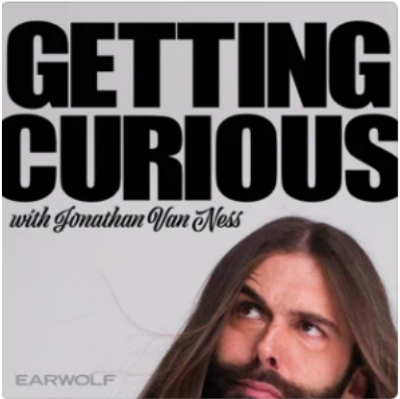
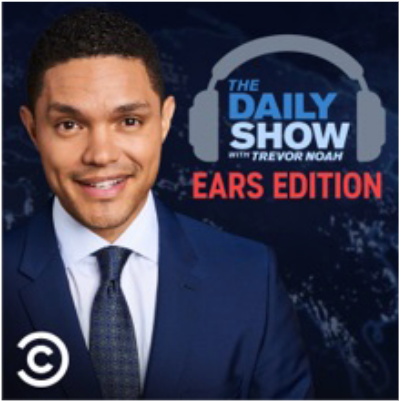
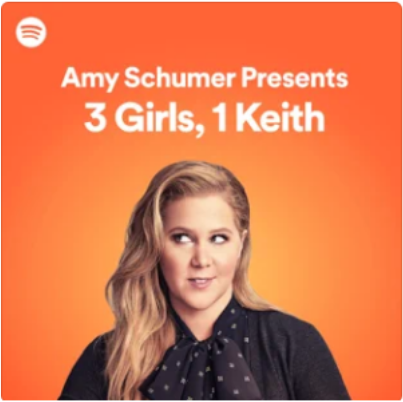
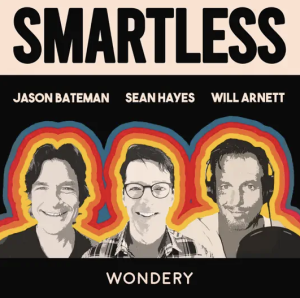
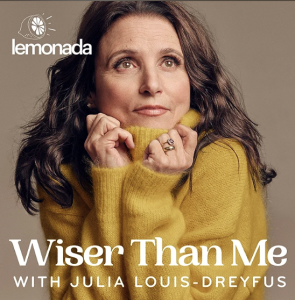

Even if you’re not famous it can work well to use a cover photo with a friendly smile because it makes you approachable and human. However, if you don’t bring expertise or celebrity to a podcast, using your own image could make the show appear to be simply a vanity project.
If you don’t have the background or desire to create the artwork yourself, you can hire a designer.
Ask your friends and colleagues for recommendations or choose a paid service
Music is used in most podcasts to begin and end shows and to signal transitions, but legal use of music can run into copyright issues. In most nations copyright lasts for 70 years after an author’s death, but there is a “fair use” exception that involves not only music but news reports, ring tones, and background sounds.
You will find more about legal issues in Chapter 11, along with links to free and low-cost music resources and sound effects.
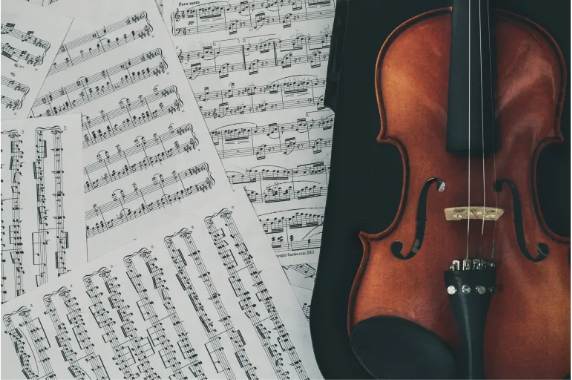
Avoid legal trouble and don’t believe myths about using copyrighted material. Creative Commons and public domain sites are recommended.